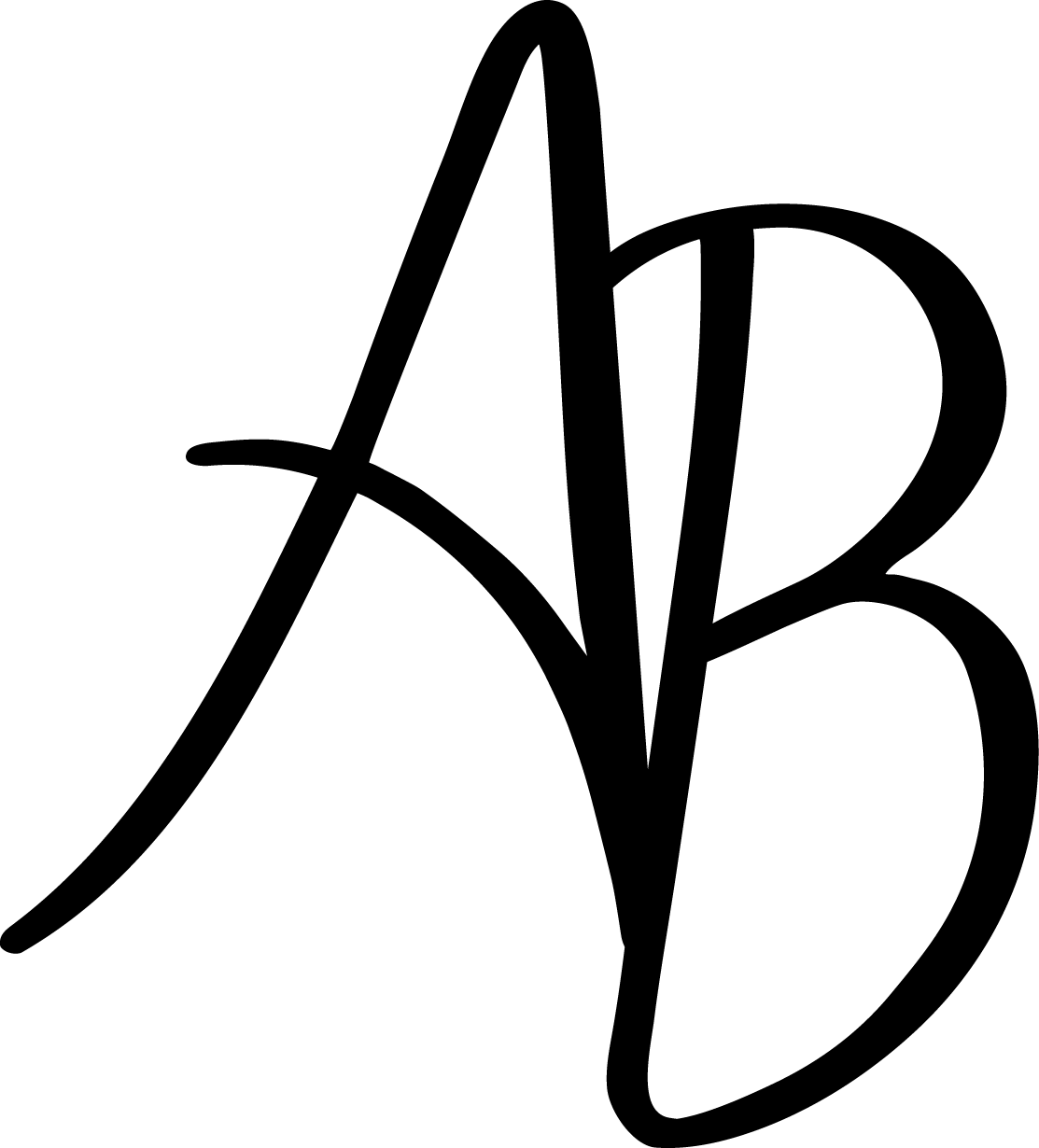Cover of Comoedia illustré, stage actress Jeanne Dirys wearing an Indian emerald, March 1, 1911
topics INSPIRED BY our Core Principles:
VOICE, INCLUSIVITY, INVESTING IN THE FUTURE
What does inclusivity look like?
Growing up on the West Coast of the United States, many of my closest friends were from all over the world. Diversity was part and parcel of my community.
In a world of diversity, what does inclusivity look like? In particular, what images expand our notions of beauty to be more inclusive? One example that influenced me early on is by the Italian fashion clothing company, Benetton. In the early 1980s, the company launched an advertising campaign called, All the Colors of the World, highlighting people of different races and ethnicities. The company’s recent campaign, Clothes for Humans, echoes its use of earlier inclusive imagery, summed up with the tagline “Humans. Some are happy. Some are sad. Some are both. We make clothes for all of them.”
Another more abstract example I like is the artwork titled, Synecdoche, by Byron Kim. Synecdoche, referring to a figure of speech in which a part of something is used to represent the whole or vice versa, is a collection of portraits with a unique twist. Instead of displaying images of various people, Kim presents a collection of each person’s skin color. The result is an inclusive group portrait of the skin tones of humanity in all of their beautiful diversity.
Clothes for Humans, Benetton Campaign
Synecdoche,1991-present. Whitney Museum of American Art, New York; Gift of the Peter Norton Family Foundation. © Byron Kim. Photograph by c_nilsen licensed under CC BY-NC-SA 2.0
Keeping up when change gets faster and faster
Does it ever feel like the pace of change just keeps getting faster and faster? According to Astro Teller of Google's X, that's because it is. Teller noted that a person living in the twelfth century would have had an experience that was probably not that much different from a person living in the previous century. By the turn of the 20th century, the rate of technological innovation and change significantly impacting human experience had increased to about every 20-30 years. Fast forward to the present, and the rate of innovation cycles in technology and ideas are on the order of every 5-7 years.* How do we keep up?
In an era of rapid innovation and change, education will continue to be a key investment in the future. But to keep up, learning doesn't end with a degree; it involves a mindset toward lifelong learning. I went to Reed, a small liberal arts college, where I took science and math courses, but my interest in learning about different cultures led me to major in religion. Reed was where Steve Jobs went for a semester, dropped out, dropped back in to audit courses including calligraphy, and eventually left to found Apple. Jobs credited what he learned in the calligraphy course as a key influence in the design of the Macintosh computer's typography.
To bring this endeavor to fruition, I found that I needed to think differently. So, I became a regular at my local library. I visited museums to learn about jewelry in art and history. I took jewelry classes, and some MOOCs, Massive Open Online Courses, on starting a business. I'm not done learning, not by a long shot. It looks like the 21st century is shaping up to be the learning century, and learning is cool.
*The Teller interview is in Thomas Friedman's latest book, Thank You for Being Late: An Optimist’s Guide to Thriving In the Age of Accelerations.
Girl with a Pearl Earring, Johannes Vermeer, 1665. Mauritshuis Royal Picture Gallery, The Hague, licensed under PD-1923
Human impulse for expression
This first post for Musings begins with an ode to books, or more broadly, to the human capacity and desire for expression. As a bookworm, books are scattered across my home.
One set of books is on my coffee table. The first, “Treasures from India,”documents The Al Thani Collection, an incredible private collection of jeweled pieces spanning 400 years from the royal courts of India. The collection highlights jewelry techniques such as minakari design, enamel decoration often in floral or animal motifs, that was traditionally added to the back of jewelry.
A second book, “7000 Years of Jewelry,” chronicles the history and impulses that have driven humans across civilizations and millennia to create and wear personal ornaments, including self-expression, beauty, and as a medium of exchange and investment.
It turns out that humans have been making jewelry even longer than 7000 years ago. Archeologists have found beads made from different types of drilled shells in Morocco, Israel and other locations, dating back between 80,000 to 100,000 years ago. Jewelry may be some of the earliest forms of human expression!
Old Babylonian gold necklace pendants and beads, 18th-17th Century B.C. The Metropolitan Museum of Art, licensed under CC0 1.0
Necklace with amethyst, glass, and gold beads, 6th-7th Century A.D. The Metropolitan Museum of Art, licensed under CC0 1.0
Pair of bracelets with minakari design on back, Benares, 1800-1825. © The Al Thani Collection 2013, all rights reserved. Photographs taken by Prudence Cuming Associates Ltd.







